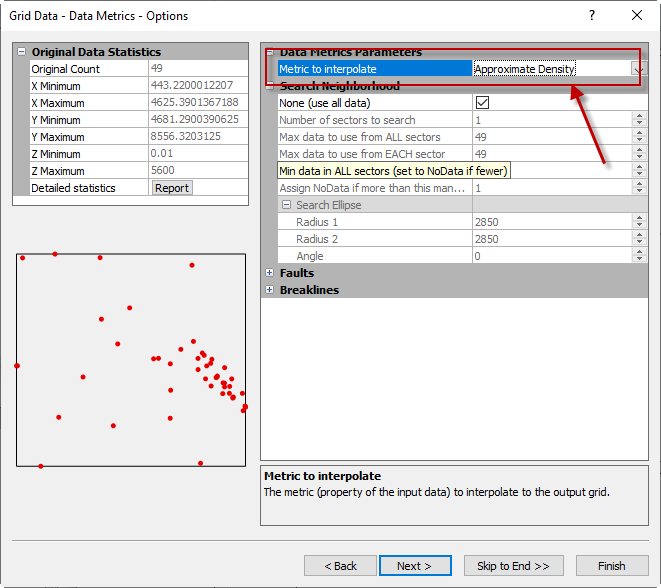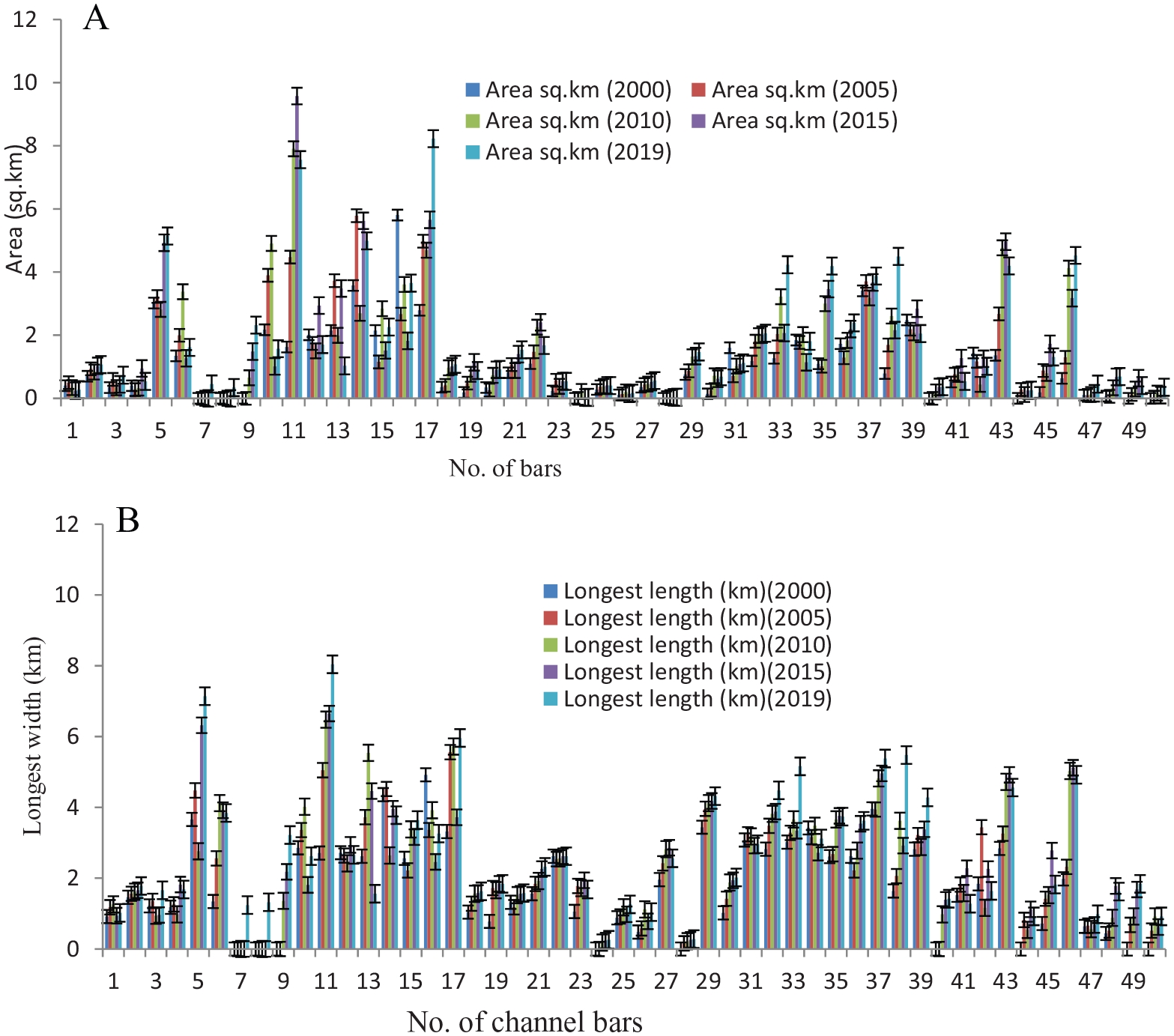
It was hypothesized that surface ice roughness would be indicative of subsurface ice roughness. Images and surface ice roughness values were collected over 2 years on the Dauphin River in Manitoba, Canada.

Aerial images collected via remotely piloted aircraft (RPA) were processed with structure from motion photogrammetry to create a digital elevation model (DEM) and then produce quantitative measurements of surface ice roughness. Ice with a higher degree of roughness causes increased flow resistance and therefore even higher upstream water levels.

Ice covers on a river surface cause resistance to water flow, which increases upstream water levels. The monitoring of fluvial ice covers can be time intensive, dangerous, and costly if detailed data are required.


 0 kommentar(er)
0 kommentar(er)
